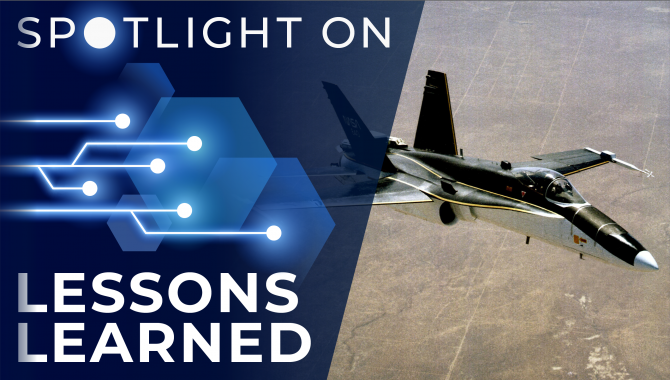
NASA’s High Alpha Technology Program used a highly modified F-18 airframe as its focal point and captured important lessons on improving high angle-of-attack capabilities.

NASA’s High Alpha Technology Program used a highly modified F-18 airframe as its focal point and captured important lessons on improving high angle-of-attack capabilities.
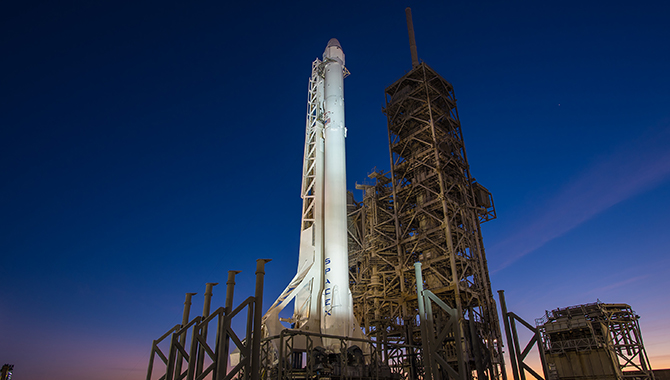
New capsule will be capable of carrying U.S. astronauts to the International Space Station.

Research team finds clast in Big Bertha that appears to have taken a fantastic journey to the Moon and back.
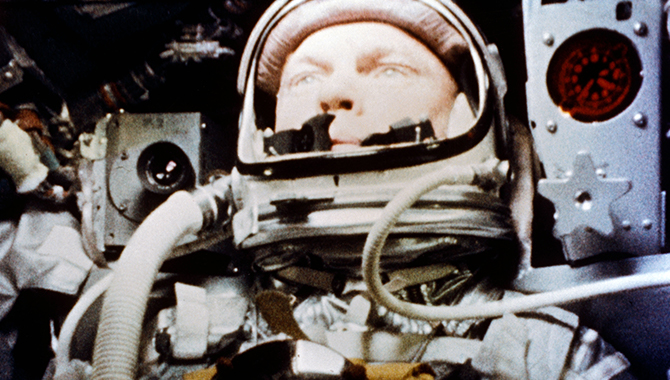
Astronaut demonstrated capability of humans in space, guiding the capsule manually for multiple orbits and an eventful reentry.
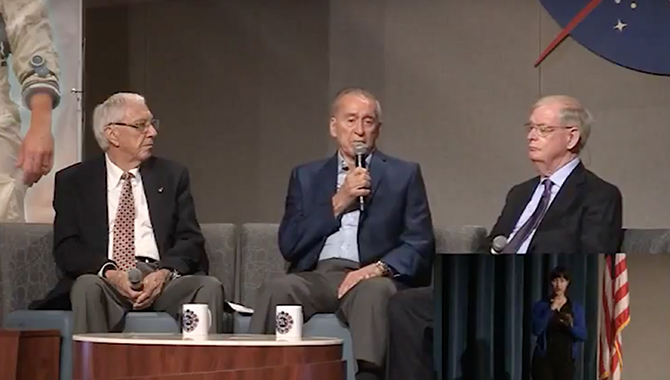
The Apollo Program and the Apollo 1 fire led to several lessons that NASA should never forget.
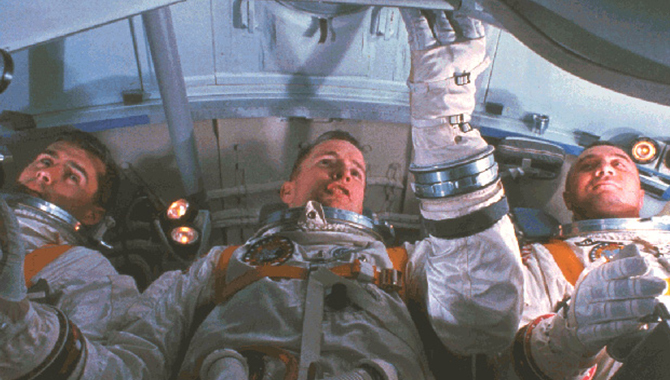
A deadly fire during a routine test shocked the nation and lead to a solemn vow to be tough and competent.
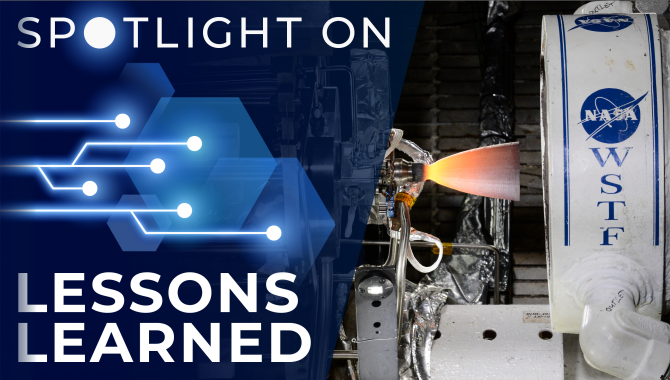
Accepting a task to perform a fast-track engine test prior to fully understanding its risks and challenges led to cost and schedule issues.
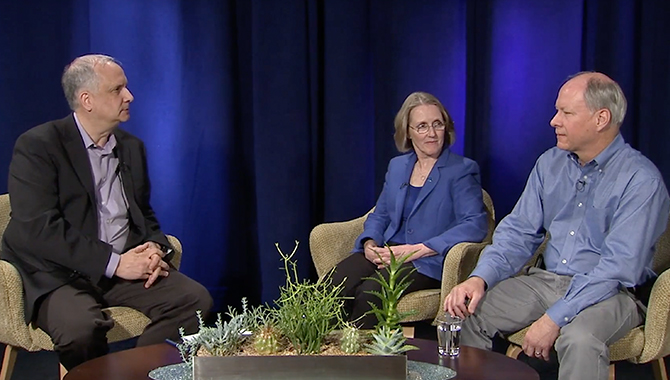
An example or model of a productive and effective team can help leaders monitor and benchmark their own team’s performance.
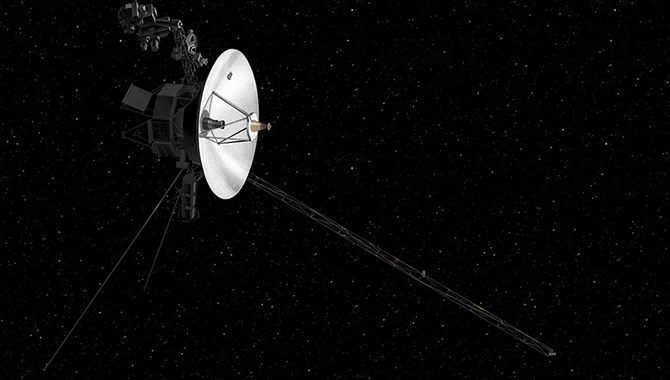
Probe that rewrote textbooks in the 1980s reaches a remarkable milestone decades later.